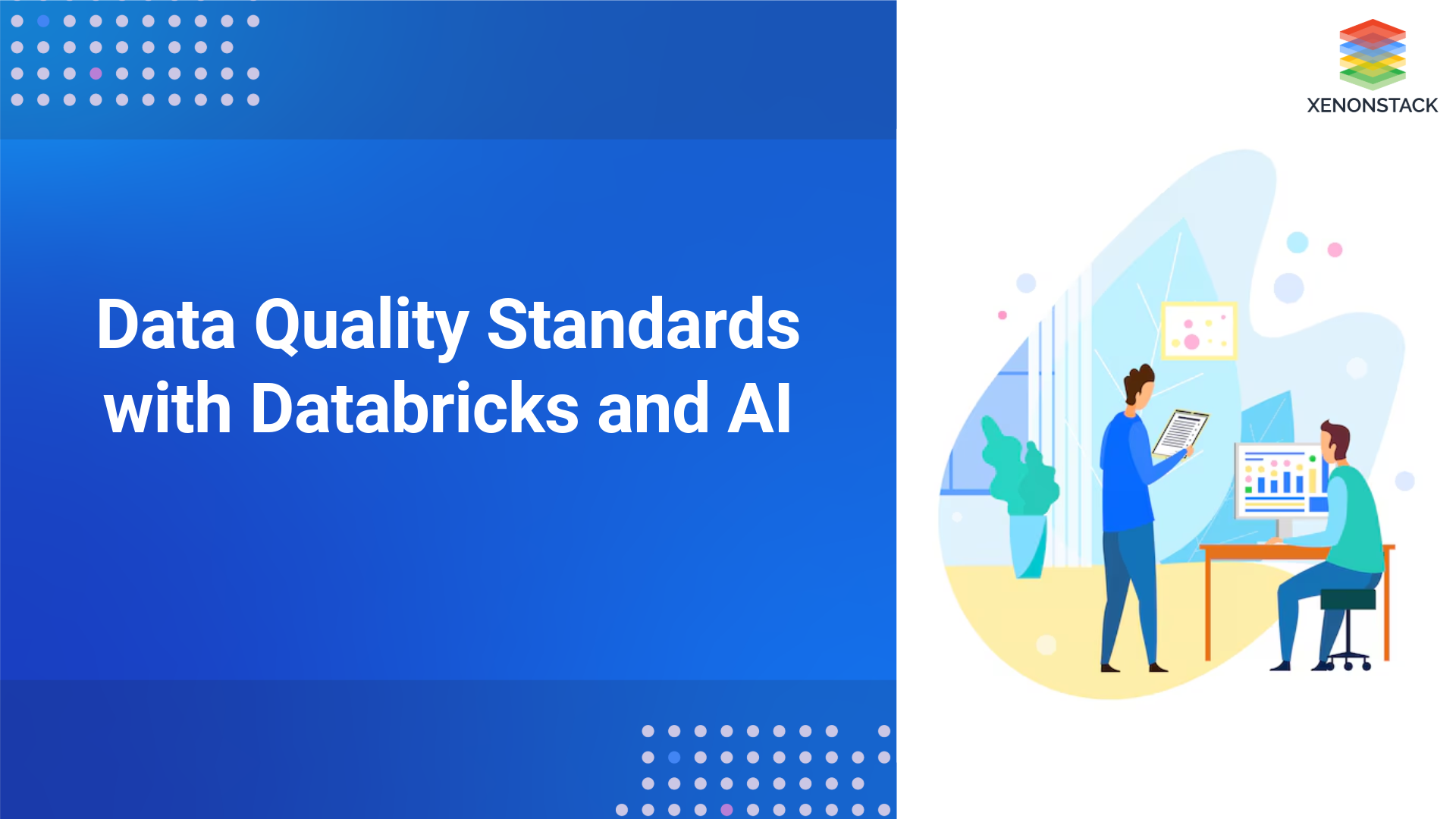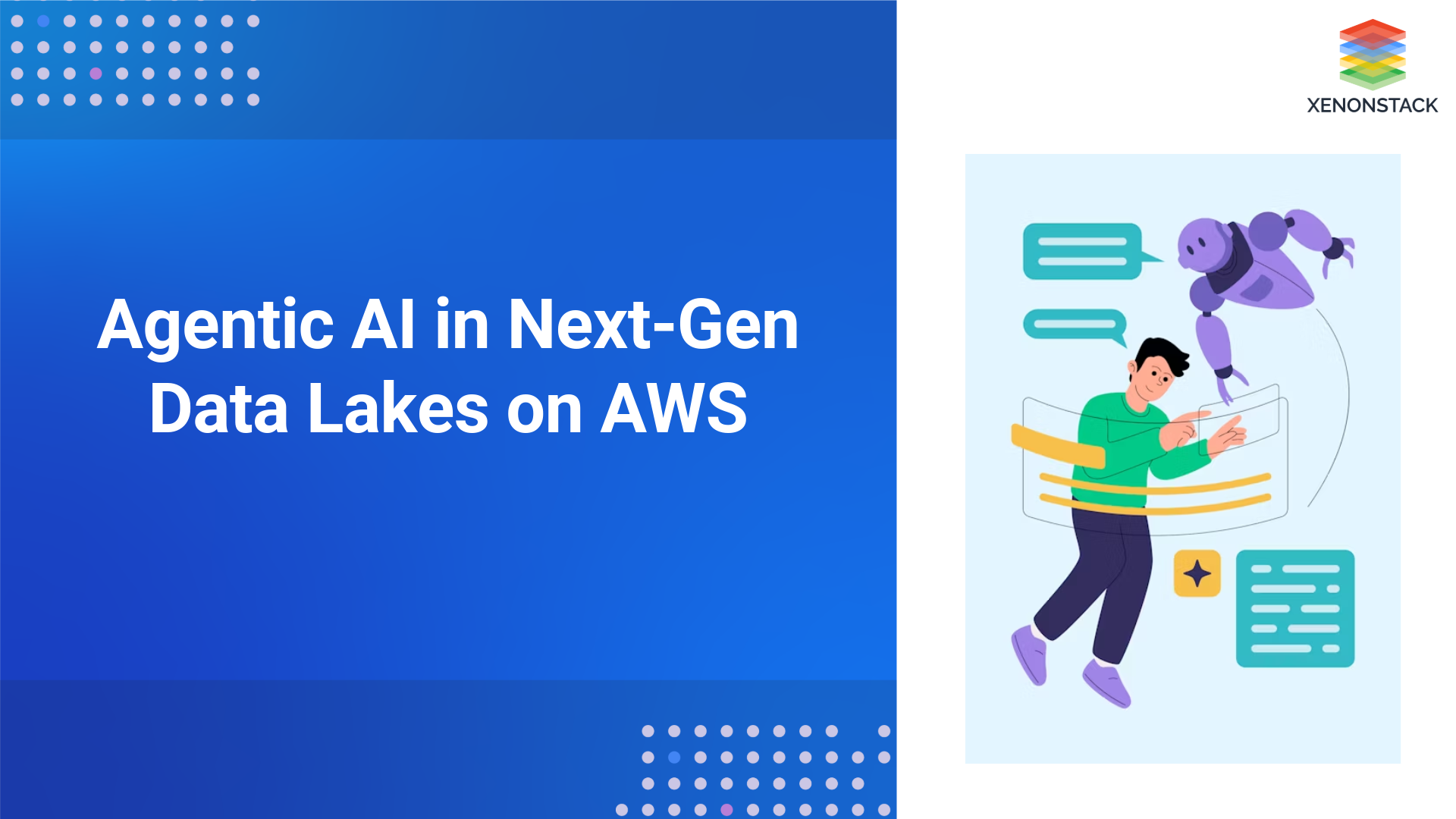Agentic Process Automation (APA) signifies a transformative evolution in enterprise automation. It integrates advanced technologies such as artificial intelligence (AI), machine learning (ML), and robotic process automation (RPA) to create intelligent agents capable of autonomously executing end-to-end business processes. These agents can perceive their environments, learn from historical data, adapt in real-time, and make independent decisions, all while minimizing the need for human intervention. As industries worldwide move toward hyper-automation, APA is fast emerging as a foundational element in the digital transformation of enterprises.
Top Use Cases of APA Implementation in Industries
 Fig 1: Agentic Process Automation Use Cases
Fig 1: Agentic Process Automation Use CasesBanking and Financial Services
Financial institutions are adopting APA to improve operational resilience, enhance risk management, and deliver seamless customer experiences. APA automates critical yet repetitive functions such as regulatory reporting, credit scoring, and customer onboarding, enabling banks to operate more efficiently while reducing operational risk.
Example: JPMorgan Chase
-
Developed LOXM, an AI-based trading engine capable of executing thousands of complex trades per second with optimal timing and reduced slippage.
-
Launched COiN (Contract Intelligence), a machine learning system that reviews and interprets legal documents, cutting down analysis time from days to seconds and saving 360,000 labor hours annually.
Key Advantages:
-
Superior risk assessment and compliance
-
Enhanced accuracy and speed in decision-making
-
Proactive fraud detection through intelligent data analytics
Insurance
APA is streamlining the entire policy lifecycle in the insurance sector—from underwriting and issuance to claims adjudication and customer servicing. Intelligent agents analyze documents, identify inconsistencies, flag potential fraud, and accurately respond to inquiries.
Example: Lemonade Insurance
-
Deploys an AI-driven bot named “Jim” that settles simple claims in under three seconds without human involvement.
-
Utilizes APA for cross-referencing documents, verifying identities, and executing instant fraud checks to ensure accuracy and integrity.
Key Advantages:
-
Accelerated claims settlement process
-
Reduced administrative costs
-
Enhanced customer trust through fast and transparent service
Healthcare and Life Sciences
APA is revolutionizing healthcare operations, medical diagnostics, and life sciences R&D. APA agents assist in medical imaging interpretation, patient triage, hospital resource allocation, and clinical trial optimization.
Example: Johnson & Johnson
-
Employs APA to fast-track molecular synthesis in pharmaceutical development, decreasing R&D cycles.
-
Integrates APA into robotic-assisted surgery and virtual simulations to train surgeons and enhance procedural accuracy.
Key Advantages:
-
Reduced diagnostic errors
-
Personalized treatment regimens
-
Streamlined drug discovery and approval processes
Manufacturing
APA solutions in manufacturing drive efficiency, reduce waste and enhance product quality. Based on incoming data, APA agents predict equipment failures, automate quality inspections, and adjust production parameters in real-time.
Example: Siemens
-
Integrates APA with digital twin systems to simulate, monitor, and optimize production environments in real-time.
-
Reduced equipment downtime by 25% through predictive maintenance protocols driven by APA algorithms.
Key Advantages:
-
Minimized production halts.
-
Increased product consistency.
-
Continuous process optimization via intelligent feedback loops.
Retail
Retailers employ APA to personalize customer interactions, manage omnichannel logistics, and optimize stock levels. AI agents assess customer behaviour, predict purchase patterns, and automate promotions or restocking activities.
Example: Walmart
-
Implements APA chatbots to resolve over 80% of customer service queries autonomously.
-
Uses predictive APA systems to manage shelf restocking, reduce stockouts, and anticipate seasonal demand.
Key Advantages:
-
Enhanced customer satisfaction
-
Increased sales conversion through targeted marketing
-
More agile inventory and supply chain management
Telecommunications
APA transforms telecom operations by automating infrastructure monitoring, managing service requests, and detecting fraudulent usage. APA also improves the efficiency of internal workflows such as HR and finance.
Example: Deutsche Telekom
-
Employs APA agents to automate team member requests, IT ticket resolution, and HR onboarding processes.
-
AI-based systems proactively detect and correct network disruptions before they impact users.
Key Advantages:
-
Reduced operational bottlenecks
-
High network reliability and minimal downtime
-
Enhanced internal team member services
Customer Relationship Management (CRM)
APA enhances CRM platforms by delivering 24/7 customer support, intelligent lead nurturing, and real-time engagement insights. Multi-channel APA agents simultaneously respond to emails, social media, and website interactions.
Example: Salesforce (Agentforce)
-
Offers customizable APA solutions that automate customer queries, perform real-time follow-ups, and sync with sales and marketing platforms.
-
Drives higher conversion through timely engagement and contextual messaging.
Key Advantages:
Human Resources (HR)
APA in HR simplifies and accelerates recruitment, onboarding, payroll processing, and employee lifecycle management. It enables strategic HR decisions by automating data analysis and compliance checks.
Example: Infosys BPM
-
Uses APA bots to screen resumes, conduct initial candidate assessments and schedule interviews.
-
Automates payroll disbursement, tax computation, and benefits administration.
Key Advantages:
Public Sector and Government Services
Governments are implementing APA to improve transparency, reduce bureaucracy, and enhance citizen engagement. APA automates public records processing, tax calculations, licensing, and public service communication.
Example: Estonia e-Government
-
Fully digitalized many citizen services such as tax filing, voter registration, and healthcare claims using APA.
-
Leverages smart agents for real-time communication with citizens, cutting response time dramatically.
Key Advantages:
-
Efficient delivery of essential services
-
Cost savings through automation
-
Strengthened civic trust in government platforms
Supply Chain and Logistics
APA makes supply chains more resilient and adaptive by automating planning, procurement, routing, and warehouse operations. AI agents analyze market trends, weather forecasts, and transport conditions to make real-time decisions.
Example: DHL
-
Uses APA for autonomous vehicle routing, warehouse robot coordination, and logistics documentation.
-
Enhances supply chain transparency and predictive delivery performance.
Key Advantages:
Emerging Trends in Agentic Process Automation
New technological breakthroughs and business demands will shape the next phase of APA. Organizations will automate tasks and empower APA systems to drive strategic transformation.
1. Autonomous Decision-Making at Scale
APA agents will independently execute multi-step pricing, product development, and risk mitigation decisions.
2. Hyper-Personalization at the Edge
Edge computing will allow APA agents to deliver hyper-personalized services locally, enabling industries like retail and healthcare to enhance responsiveness.
3. Multi-Agent Collaboration
APA ecosystems will consist of multiple intelligent agents interacting with one another to achieve collective goals across the supply chain, customer service, and finance.
4. APA in the Web3 Economy
APA will play a vital role in decentralized business models. Smart contracts and APA agents will automate peer-to-peer transactions and verification on blockchain networks.
5. Sustainable Automation and ESG Compliance
APA agents will help track and report environmental, social, and governance (ESG) metrics, optimize energy usage, and ensure regulatory compliance.
6. Digital Twins Enhanced by APA
Digital twins, when powered by APA, will evolve into dynamic decision-making entities that simulate operations and implement improvements automatically.
7. Human-Agent Collaboration
Future APA systems will be built to complement human workers, offering real-time support and enabling knowledge workers to focus on creative and strategic efforts.
Agentic Process Automation is no longer a futuristic concept but a critical element of the modern digital enterprise. By combining intelligence, autonomy, and adaptability, APA delivers tangible value across every sector—from banking and manufacturing to healthcare and public administration.

 Fig 1: Agentic Process Automation Use Cases
Fig 1: Agentic Process Automation Use Cases



